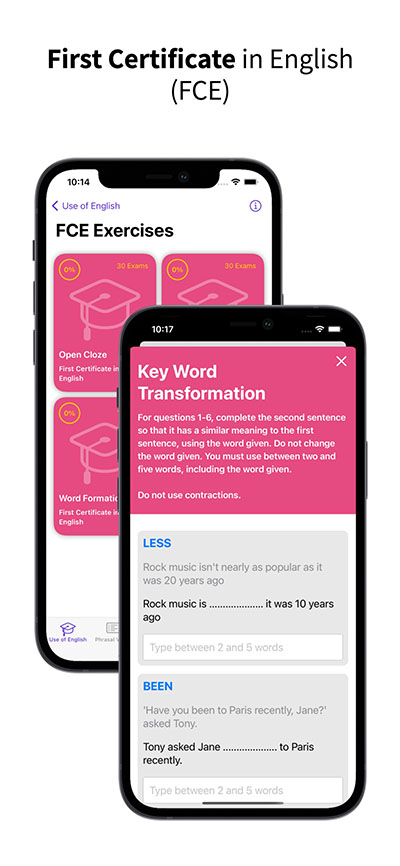If you can read a clock, you can know the time of day. But no one knows what time itself is. We cannot see it. We cannot touch it. We cannot hear it. We know it only by the way we mark its passing. For all our success in measuring the smallest parts of time, time remains one of the great mysteries of the universe. One way to think about time is to imagine a world without time. There could be no movement, because time and movement cannot be separated. A world without time could exist only as long as there were no changes. For time and change are linked. We know that time has passed when something changes.
In the real world, the world with time, changes never stop. Some changes happen only once in a while, like an eclipse of the moon. Others happen repeatedly, like the rising and setting of the sun. Humans always have noted natural events that repeat themselves. When people began to count such events, they began to measure time. In early human history, the only changes that seemed to repeat themselves evenly were the movements of objects in the sky. The most easily seen result of these movements was the difference between light and darkness.
The sun rises in the eastern sky, producing light. It moves across the sky and sinks in the west, causing darkness. The appearance and disappearance of the sun was even and unfailing. The periods of light and darkness it created were the first accepted periods of time. We have named each period of light and darkness: one day.
People saw the sun rise higher in the sky during the summer than in winter. They counted the days that passed from the sun's highest position until it returned to that position. They counted three hundred and sixty-five days. We now know that is the time Earth takes to move once around the sun. We call this period of time a year.
Early humans also noted changes in the moon. As it moved across the night sky, they must have wondered: Why did it look different every night? Why did it disappear? Where did it go? Even before they learned the answers to these questions, they developed a way to use the changing faces of the moon to tell time. The moon was "full" when its face was bright and round and "new" when it was almost entirely dark. The early humans counted the number of times the sun appeared between full moons. They learned that this number always remained the same, about twenty-nine suns. Twenty-nine suns equalled one moon. We now know this period of time as one month.
Early humans hunted animals and gathered wild plants. They moved in groups or tribes from place to place in search of food. Then, people learned to plant seeds and grow crops. They learned to use animals to help them work, and for food. They found they no longer needed to move from one place to another to survive. As hunters, people did not need a way to measure time. As farmers, however, they had to plant crops in time to harvest them before winter. They had to know when the seasons would change. So, they were forced to developed calendars. No one knows when the first calendar was developed. But it seems possible that it was based on moons, or lunar months.
When people started farming, the wise men of the tribes became very important. They studied the sky. They gathered enough information so they could know when the seasons would change. They announced when it was time to plant crops.






